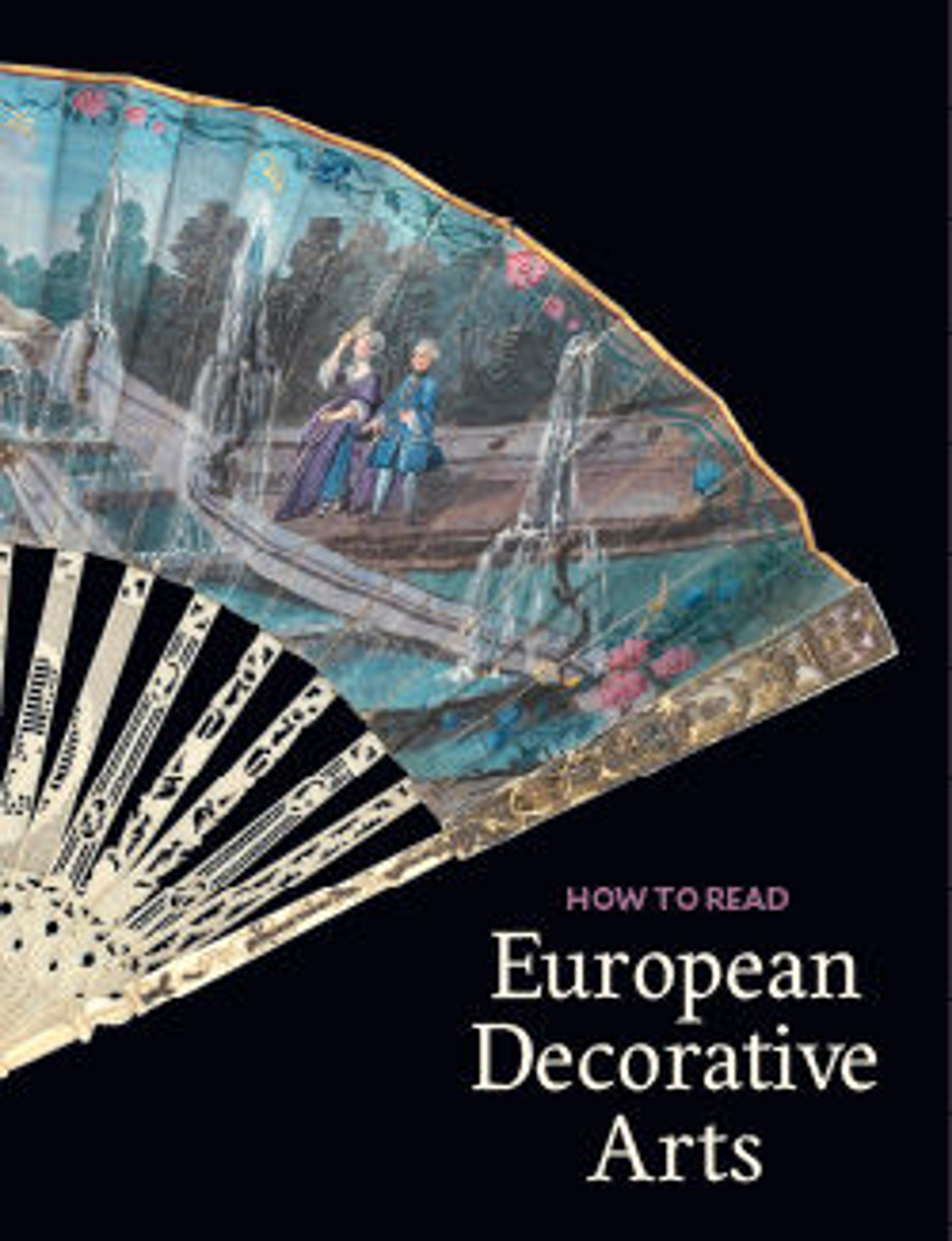Commode
One of a pair made by Pietro Piffetti (royal cabinetmaker to King Carlo Emanuele III) to furnish his private apartment at the Turin School of Ebanisti e Minusieri, this sumptuous commode is a superior example of its maker’s skill, as well as of his personal taste in decorative art. Its serpentine form references the established rococo style, while the stripes in the back corners offer a touch of quietness at the dawn of neoclassicism. The ormolu mounts were likely contributed by Francesco Ladatte (1706-1787), an Italian sculptor with whom Piffetti frequently collaborated. The dots of darker colored wood that pepper the walnut briar veneer are not simply an element of the commode’s design; they are wooden nails that secure the veneer to the commode’s dramatically curved form, a technique invented by Piffetti and employed here for the first time. Given that Piffetti made the commode to furnish his own apartments, it may be an important example of the artisans’ experimentation with novel techniques outside of the pressures of royal patronage.
Artwork Details
- Title:Commode
- Maker:Pietro Piffetti (Italian, Turin 1701–1777 Turin)
- Maker:as Royal Cabinet Maker of Savoy
- Maker:Gilt bronze mounts attributed to Francesco Ladatte (Italian, Turin 1706–1787 Turin)
- Date:ca. 1760
- Culture:Italian, Turin
- Medium:Marquetry of ebony, boxwood, walnut, and fruitwood; poplar (alberone) carcass; gilt-bronze mounts; iron locks
- Dimensions:confirmed: 32 15/16 × 49 3/16 × 23 7/8 in. (83.7 × 125 × 60.6 cm)
- Classification:Woodwork-Furniture
- Credit Line:Bequest of Errol M. Rudman, 2020
- Object Number:2020.371
- Curatorial Department: European Sculpture and Decorative Arts
More Artwork
Research Resources
The Met provides unparalleled resources for research and welcomes an international community of students and scholars. The Met's Open Access API is where creators and researchers can connect to the The Met collection. Open Access data and public domain images are available for unrestricted commercial and noncommercial use without permission or fee.
To request images under copyright and other restrictions, please use this Image Request form.
Feedback
We continue to research and examine historical and cultural context for objects in The Met collection. If you have comments or questions about this object record, please contact us using the form below. The Museum looks forward to receiving your comments.
